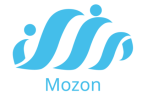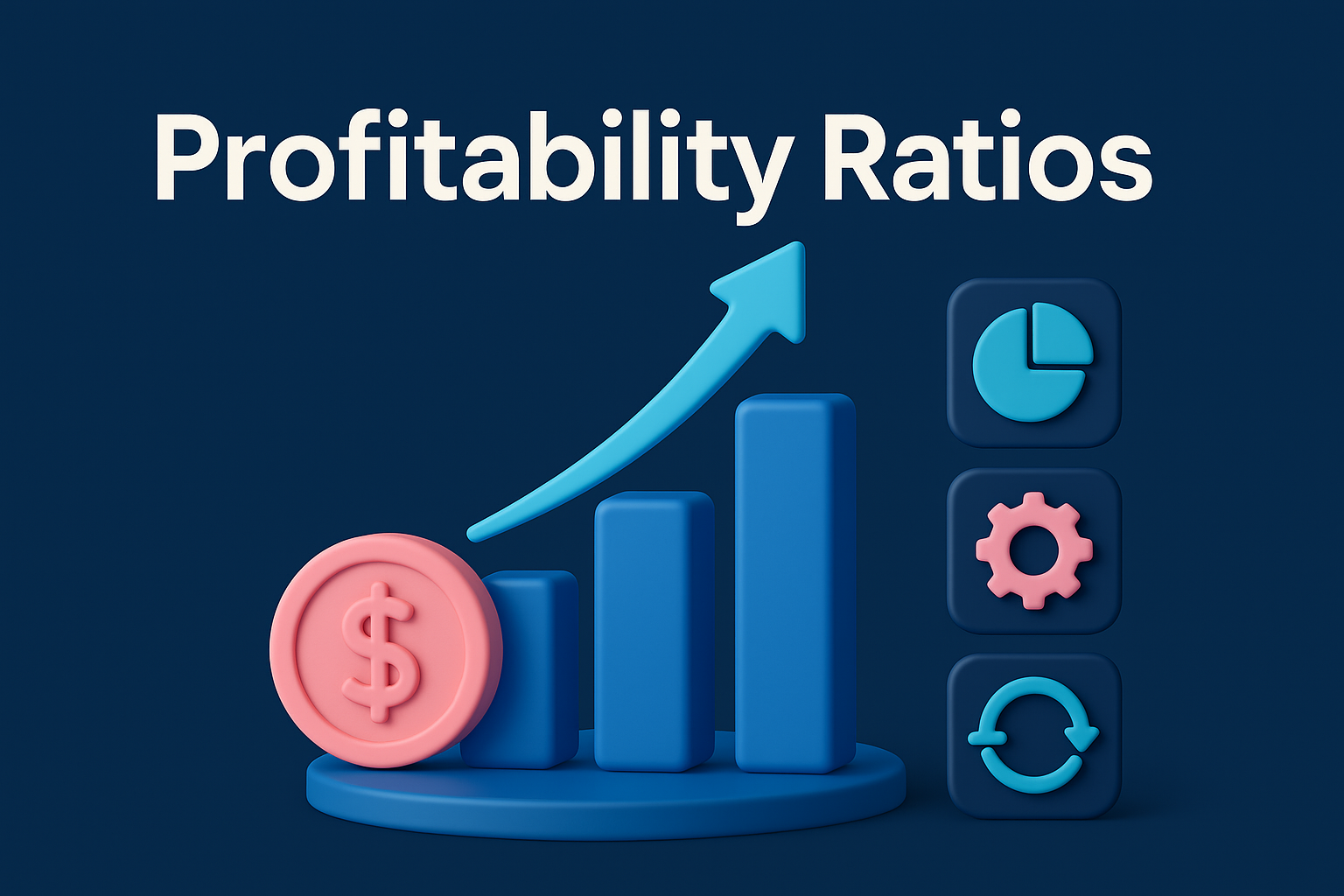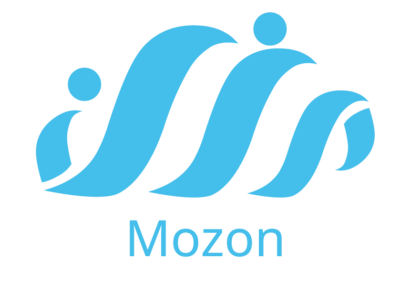Introduction
In the early 20th century, industrialists faced a fundamental challenge: how to increase productivity without sacrificing quality or worker well-being. My answer was Scientific Management — the methodical study of labor to find the “one best way” to perform any task. Today, over a century later, the tools have changed, but the problem remains.
In the digital era, businesses are no longer factories filled with machines and foremen. They are networks of knowledge workers, departments, technologies, and processes. Yet one principle still holds true: if you cannot measure it, you cannot manage it.
And nowhere is this more evident than in the management of human capital.
An organization’s workforce is its most valuable asset — and also its most complex. Without a systematic method to manage employee information, track time, evaluate performance, and comply with labor laws, businesses fall into inefficiency, redundancy, and risk.
This is why Human Resource Management Systems (HRMS) have become essential. These are not luxury tools; they are scientific instruments of precision and control. They eliminate chaos, reduce waste, and provide executives with data-driven visibility into the people who drive the organization.
Defining the HR System: What Is an HRMS?
A Human Resource Management System (HRMS) — also known as HRIS (Human Resource Information System) — is a digital solution that consolidates, standardizes, and automates the full spectrum of HR activities. It is the central nervous system of your workforce operations.
Among its many functions, an effective HRMS provides:
-
Digital employee records — replacing scattered files and manual spreadsheets
-
Time and attendance tracking — using digital punches or biometric devices
-
Payroll processing — with rules-based engines for tax, social security, and overtime
-
Leave and absence management — automatically calculated, accrued, and approved
-
Recruitment workflows — from job posting to candidate onboarding
-
Performance management modules — including goal setting, appraisals, and KPIs
-
Learning and development — tracking skills, certifications, and training histories
-
Compliance tracking and audit logs — especially important in jurisdictions like Jordan and Saudi Arabia with complex labor laws
Put simply, an HR system transforms HR from a reactive administrative role into a strategic command center.
The Case for Scientific HR: Why Every Business Needs an HR System
Let us now analyze, point by point, the tangible organizational gains made possible by implementing a scientific HR system:
1. Centralization of Workforce Data
One of the primary causes of inefficiency in any organization is the duplication of information across multiple departments. Without a central database, employee records are scattered, inconsistent, and prone to error.
With an HRMS, every detail — from national ID and job history to salary progression and leave balances — is stored in one secure, searchable location. This reduces administrative overhead and increases data accuracy, allowing managers to focus on outcomes instead of administration.
2. Payroll Automation and Error Elimination
Manual payroll processing is labor-intensive, slow, and susceptible to human error. Delayed salaries, incorrect deductions, or missed overtime calculations can lead to employee dissatisfaction and even legal consequences.
An HRMS automatically calculates gross pay, deductions (tax, social security, pension), bonuses, and leave encashments. The result: accurate payroll every time, on time. Furthermore, the system can generate pay slips, bank transfer files, and tax reports in compliance with Jordanian and Saudi regulations.
3. Self-Service and Employee Empowerment
In traditional management structures, all employee requests must flow through HR — consuming time and reducing efficiency. A modern HR system provides employee and manager self-service portals, empowering staff to request leave, update contact information, download documents, or check attendance — all without needing to send emails or fill out paper forms.
This automation reduces HR workload while increasing employee satisfaction and operational speed.
4. Legal Compliance Built into the System
No organization can afford to fall afoul of labor laws. In Jordan, companies must comply with social security laws, tax regulations, and mandatory leave entitlements. In Saudi Arabia, GOSI reporting, Saudization quotas, and end-of-service benefit calculations are required.
A modern HRMS embeds these compliance rules directly into its workflows — ensuring that every payroll, contract, or termination is executed according to law. Furthermore, audit trails and logs provide legal protection and transparency in case of disputes or inspections.
5. Strategic Workforce Analytics
Perhaps the most revolutionary benefit of an HRMS lies in data-driven decision-making. With integrated analytics, managers and executives can monitor:
-
Employee turnover rates
-
Absenteeism and lateness
-
Departmental headcount and cost per employee
-
Promotion and training effectiveness
-
Overtime trends and payroll variance
Such insights allow for scientific forecasting and continuous improvement, two pillars of Taylorism. Instead of relying on gut feeling, HR leaders act on facts.
Mozon HR — A Modern System Designed for the Middle East
Developed by Mozon Technologies, Mozon HR is not merely a digital tool — it is a regional workforce management platform that incorporates the best of modern HR practices and local labor compliance.
Built with the specific needs of Jordanian and GCC businesses in mind, Mozon HR delivers:
-
A bilingual interface (Arabic and English) for accessibility across teams
-
Fully automated and rule-based payroll and leave calculations
-
Integration with biometric attendance devices for time accuracy
-
Custom performance management templates aligned with departmental goals
-
Cloud or on-premise deployment based on organizational IT policy
-
Compliance with Jordanian Social Security, Income Tax, and Saudi GOSI laws
-
Dynamic dashboards, KPI reports, and automated alerts for strategic control
Whether you’re managing 20 employees or 2,000, Mozon HR allows scientific scalability — giving growing businesses the infrastructure needed to expand with discipline and precision.
Conclusion: Engineering Human Capital with Scientific Precision
In my time, I emphasized that every job, when broken down scientifically, could be optimized for efficiency and output. Today, the same applies to HR.
In the 21st century, the role of HR is no longer clerical. It is strategic, analytical, and transformative. But such evolution is impossible without the proper system.
Mozon HR is that system.
If you wish to eliminate inefficiency, ensure legal compliance, and unlock the true potential of your workforce — then you must move beyond outdated tools and into the realm of scientific management.
Are You Ready to Optimize Your Workforce Like a Factory of the Future?
Contact Mozon Technologies today and schedule a complimentary HR consultation. Discover how Mozon HR can help your organization manage, measure, and maximize every person on your team — scientifically.





